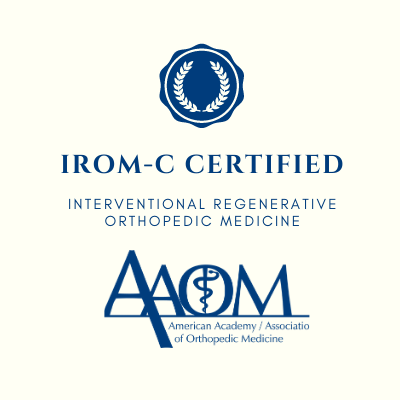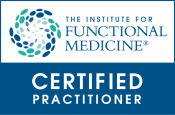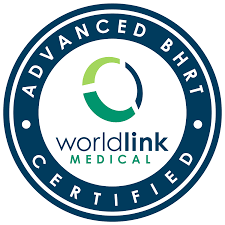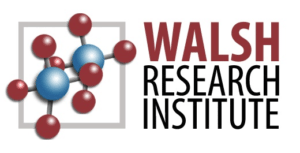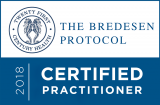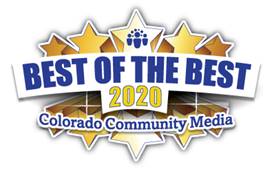The Regenerative Spectrum

Regenerative injections have been performed for thousands of years. Hippocrates, the ancient Greek physician, was using inflammation to strengthen joints in 400 BC. While his method was different than today’s (prodding joints with red-hot iron prongs), the mechanism was the same. All regenerative treatments rely on the same basic mechanism – inflammation.
We commonly think of inflammation as a bad thing. After all, inflammation is what makes things hurt, right? True, but the inflammatory cells responsible for this pain are also rebuilding and repairing the injured area. Common treatments for pain, including steroids and ibuprofen, are anti-inflammatories. They manage the pain by decreasing inflammation, but this also prevents your body from repairing itself. This is why steroid injections and NSAIDs are not good long-term pain management strategies.
Prolotherapy was the original modern regenerative injection. The name is derived from the “proliferation” of cells that takes place after these injections are performed. Instead of using hot iron like Hippocrates, physicians now inject a hypertonic glucose solution to help attract inflammatory cells to the painful area. As mentioned before, this causes inflammation and thereby strengthens the joint. Prolotherapy is the most cost-effective regenerative treatment. We have had great success treating smaller joints such as wrists and thumbs with prolotherapy. Our patients have also had marked improvement in other joints. This typically requires multiple treatments. The exact number of treatments varies with each individual. Learn more: https://thelittletonclinic.com/prolotherapy/
Platelet-rich plasma (PRP) injections are a step up from prolotherapy. Rather than waiting for the body to attract the inflammatory cells (i.e. platelets and growth factors) with prolotherapy, the platelets and inflammatory cells are isolated from your blood and injected directly into the injured joint or tendon. This causes a much stronger inflammatory response, which helps promote healing even more than prolotherapy. PRP can treat a wide range of problems, including knees, hips, shoulders, backs, and tendons. While PRP is more involved than prolotherapy, patients typically only need one or two treatments. Learn more: https://thelittletonclinic.com/platelet-rich-plasma/
Stem cells are the latest development in regenerative therapy. There are several types of stem cell treatments available, and it is important to know which treatment you are getting. At TLC, we use bone marrow aspiration concentrate (BMAC) because it has been shown to provide the best outcomes in orthopedic procedures. These stem cells are harvested from your hip bones and injected with PRP into the joint. Stem cells are the body’s “building cells” and help to regenerate lost cartilage and bone. For patients with severe degenerative arthritis or meniscus tears, BMAC stem cells are the best treatment choice. Learn more: https://thelittletonclinic.com/stem-cells/
With more understanding of the options within the regenerative medicine spectrum, you should be better prepared to decide which treatment is best for your condition. However, each patient is different. Dr. Maria Hopp may make specific recommendations to help you get the best outcome possible. Schedule a consult today!




